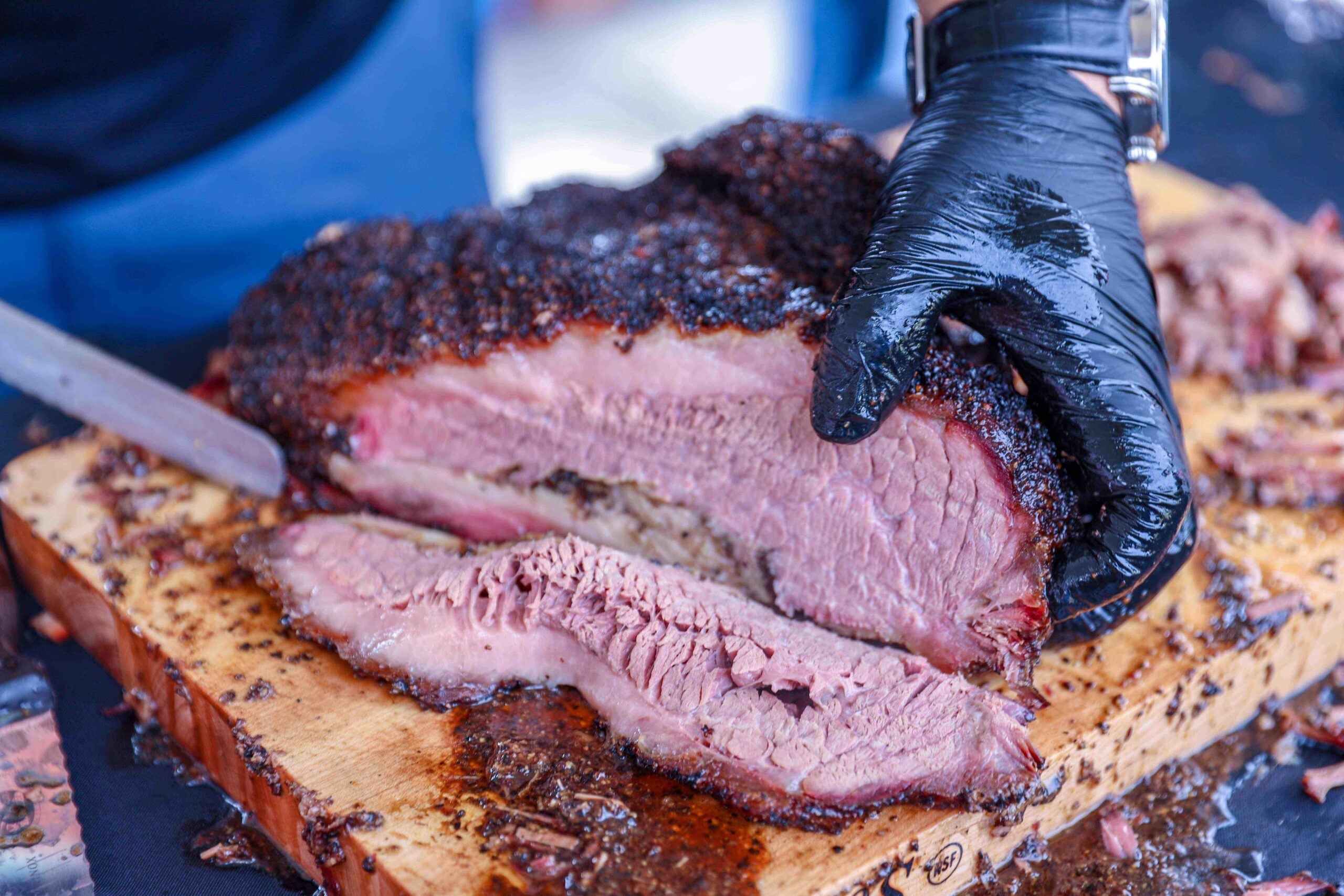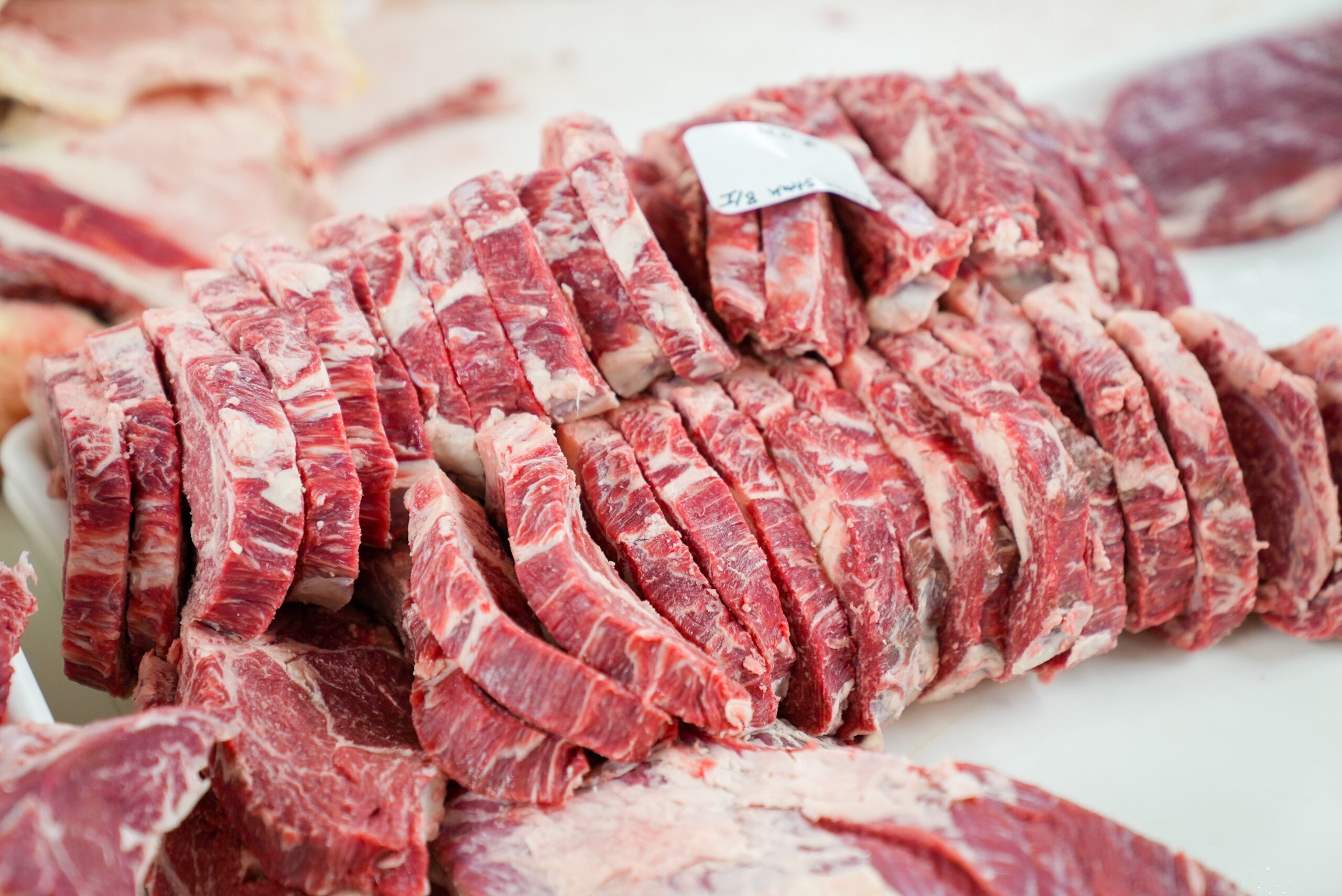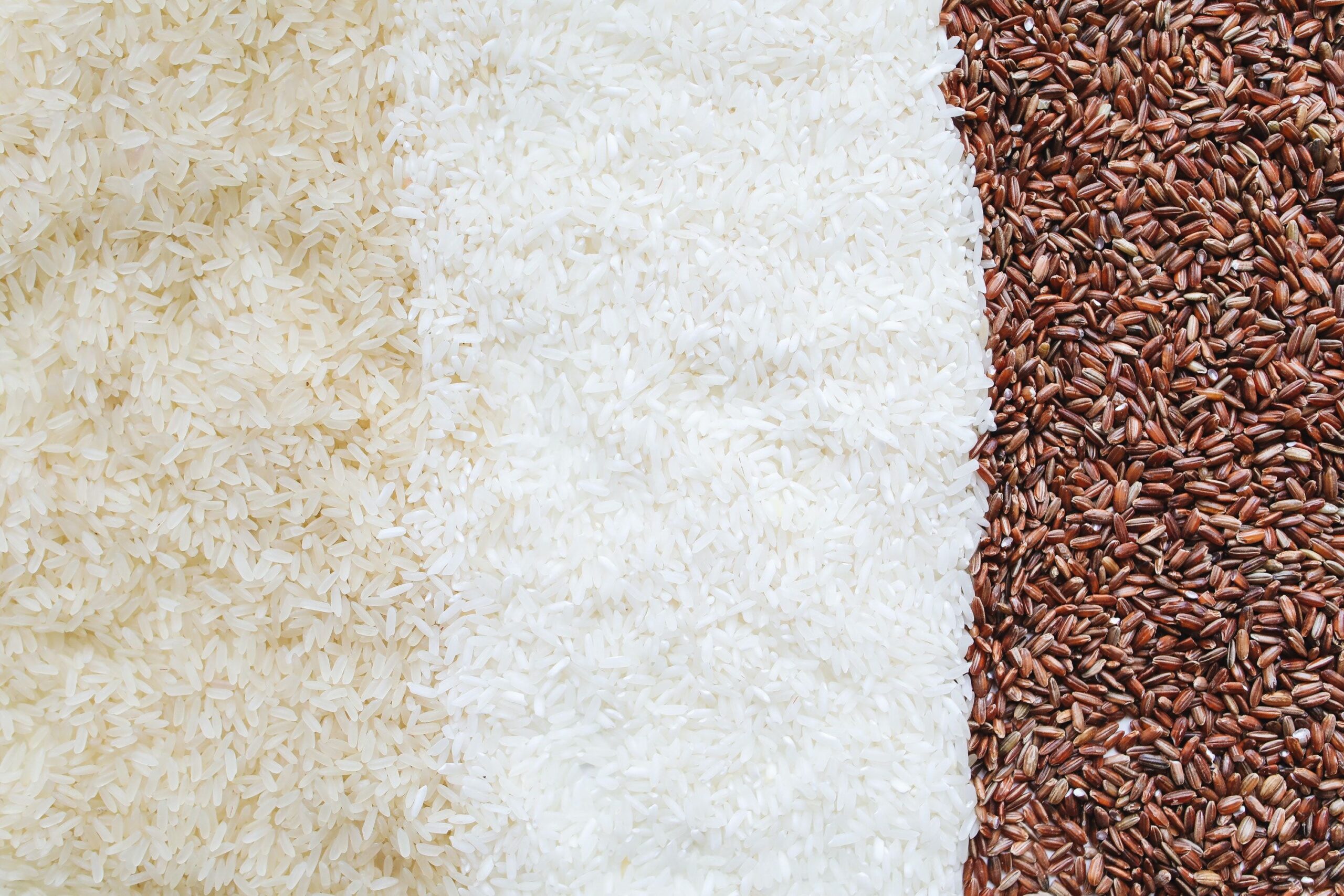As cattle prices and the boxed beef cutout have increased, so have briskets. Higher brisket prices are starting to hit restaurants and home BBQ’ers. Fewer cattle going to market and tighter beef supplies will pressure beef prices for all cuts, briskets included.
For the year, through the week ending May 13th, beef production is down 4.7 percent compared to last year. Steer slaughter is 4.7 percent below last year and heifer slaughter is 0.3 percent more than last year. The number of cattle going to market is important for briskets because each animal has two and briskets are a cut that is often sold as the whole primal. In addition, steer and heifer dressed weights are below a year ago, so total pounds of brisket available is further reduced.
Prime grade briskets were $2.43 per pound for the week of May 12th. Even though price has come down 6 cents over the last 3 weeks it is 16 percent higher than the first of the year and 11 percent higher than a year ago. Choice, branded, and Select quality grade brisket prices are up similar percentages to Prime since January and compared to a year ago.
Typically, branded briskets (briskets like certified angus beef or other brands) have the highest price meaning that other quality grades, including Prime, trade at a discount in the wholesale market. Since February, Prime briskets have commanded the highest price in the market. That price strength is likely related to slightly fewer cattle grading Prime and more Choice than a year ago. Many smaller, high end BBQ restaurants source Prime and branded briskets due to their cooked qualities.
What might we expect in our favorite brisket BBQ spots in coming months? Tight beef supplies and reduced slaughter will keep the pressure on for higher prices. Restaurants will face higher costs and their ability to pass those on in the form of higher prices might be limited. Even though less beef is produced leading to higher prices, fears of a recession, reduced consumer incomes, and spending may limit the ability to pass on higher costs.



Anderson, David. “Brisket Prices on the Rise.” Southern Ag Today 3(20.2). May 16, 2023. Permalink
Photo by Hayden Walker: https://www.pexels.com/photo/a-person-slicing-barbecue-beef-brisket-9397270/









